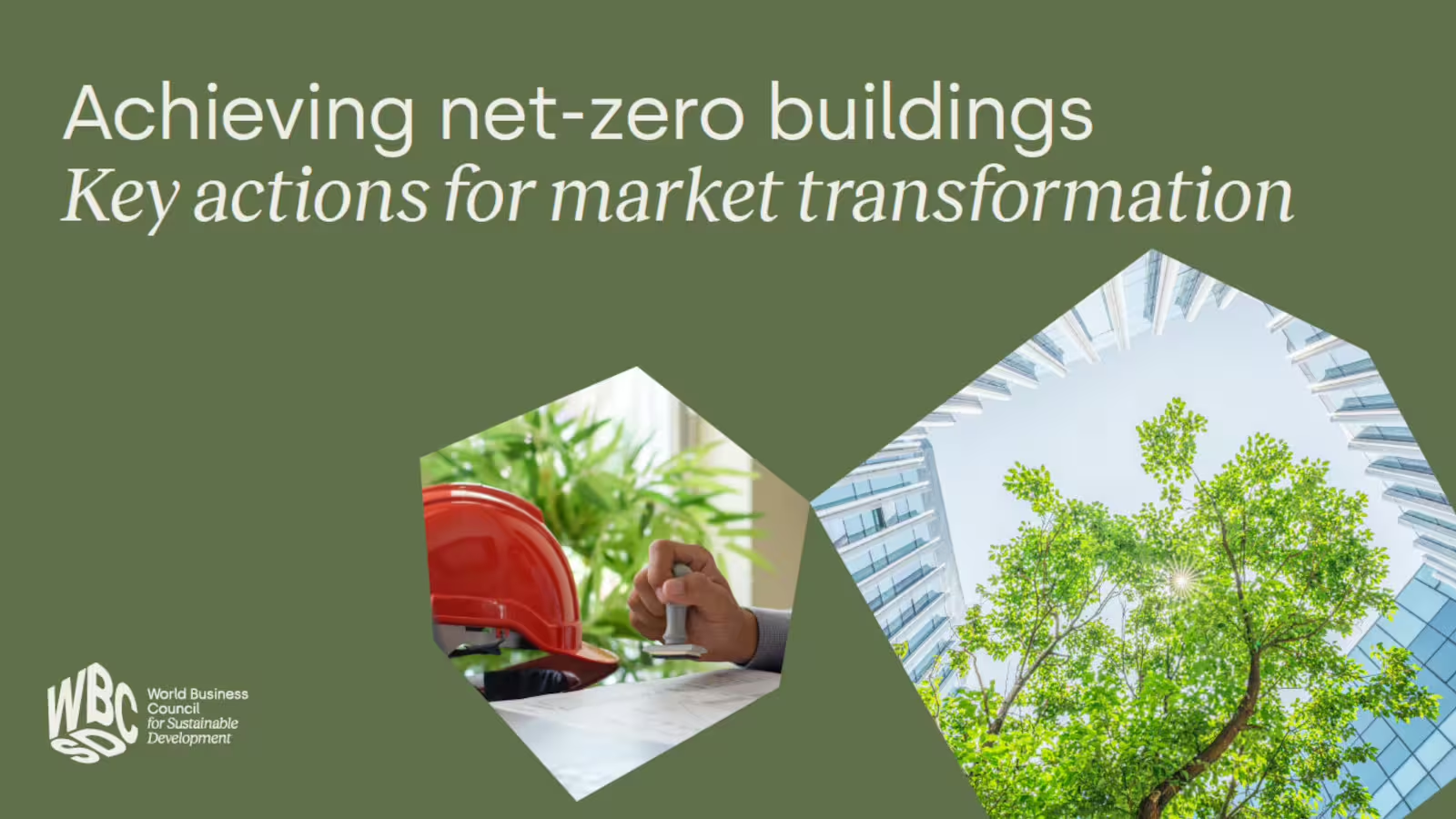This document, “Achieving net-zero buildings: key actions for market transformation” examines the urgent need to decarbonize the building sector. According to the annual UNEP Global Status Report for Buildings and Construction, the sector is responsible for 37% of energy-related carbon emissions (or 21% of total greenhouse gas emissions), of which over two-thirds were from the energy consumption of buildings in operation. Recognizing the urgency for change, this document offers a clear path forward, building upon existing policies and initiatives.
The 12-step Action Plan outlines a phased approach, starting with establishing a common definition of net-zero buildings and moving towards creating incentives for achieving this ambitious target. The plan also highlights the importance of transparency in building energy performance and the need for a performance-based framework rather than simply relying on code compliance. In this document, we advocate for a fundamental shift from a standards and code compliance approach to a clear framework focused on the real performance of buildings in operation.
The proposed steps involve specific actions for both governments and industry:
- Governments have a critical role in setting national decarbonization pathways, mandating performance disclosure, procurement, and implementing minimum performance standards.
- Industry and NGOs are crucial for developing assessment methodologies, building capacity, and adopting consistent net-zero definitions in building certifications.
By understanding the roles and responsibilities outlined in this roadmap, stakeholders can work together to accelerate the transition to net-zero buildings in operation.
Read the full document to learn more about:
- The four objectives and 12 step for creating an enabling environment for net-zero buildings.
- Precedents and examples of successful policies and initiatives from around the world.
- The potential benefits and risks associated with implementing the action plan.
It’s clear that actions in the built environment cannot continue at the current pace. We look forward to engaging in a discussion on this proposed 12-Step Action Plan and to supporting further collaborative efforts to drive change.
Download the publicationFor more information about this work, please contact Luca De Giovanetti



